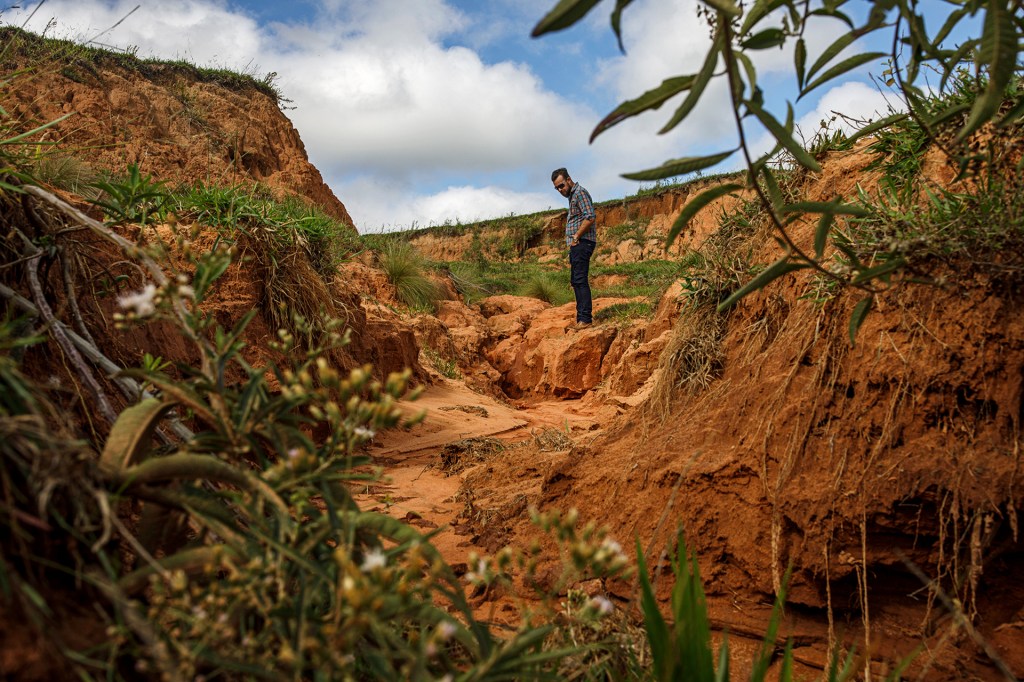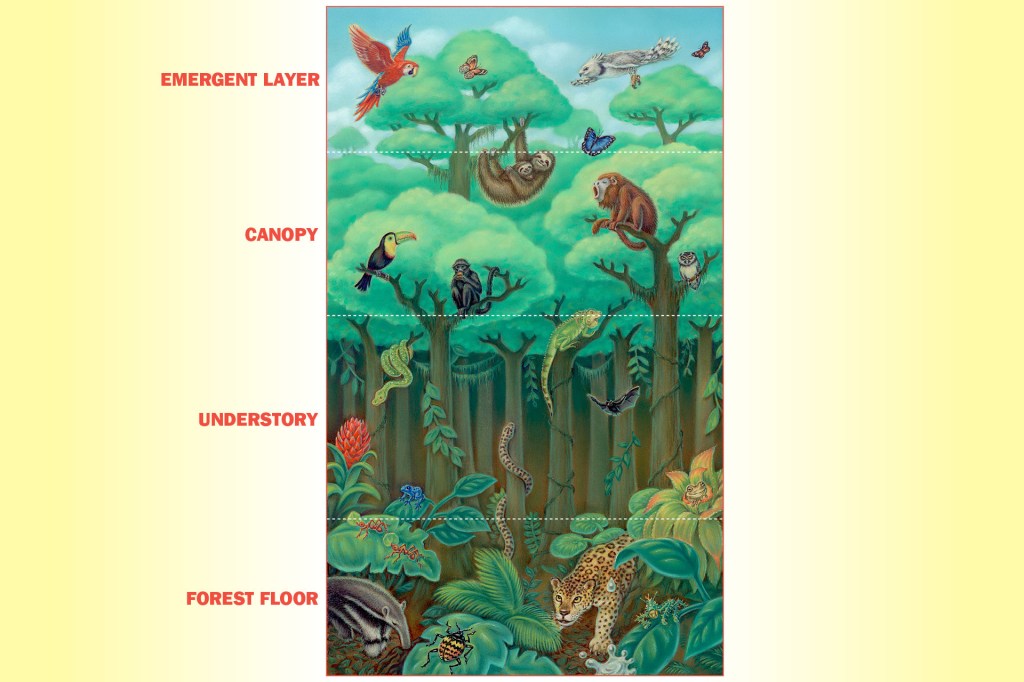Fast Forward
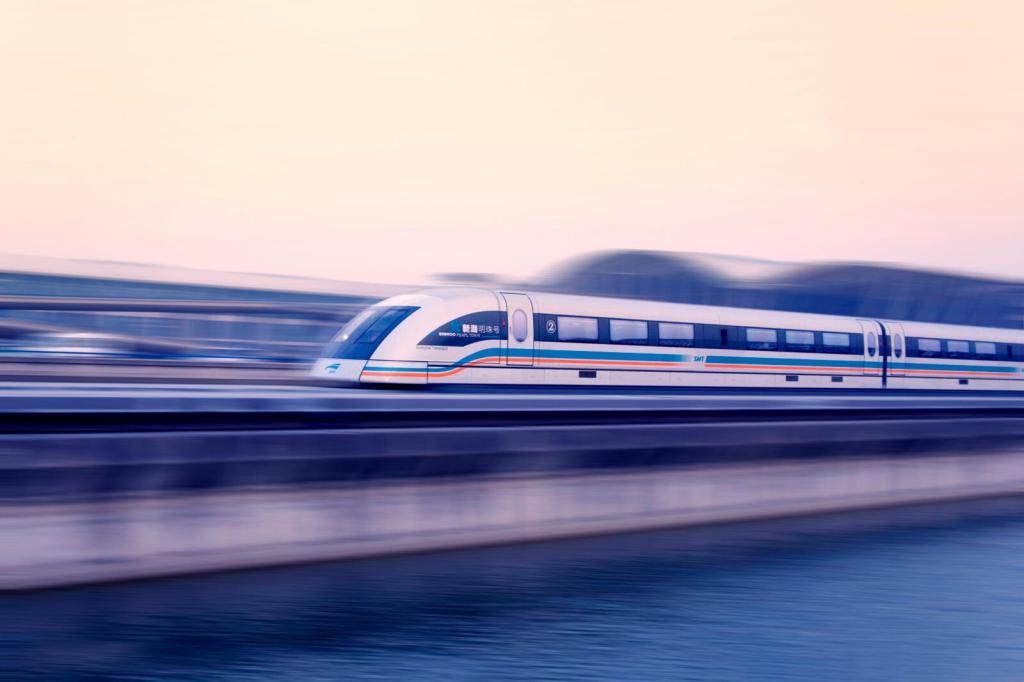
A train shoots from a tunnel and zips over a bridge. It passes in a blur over the farmland below. Blink, and you could miss it.
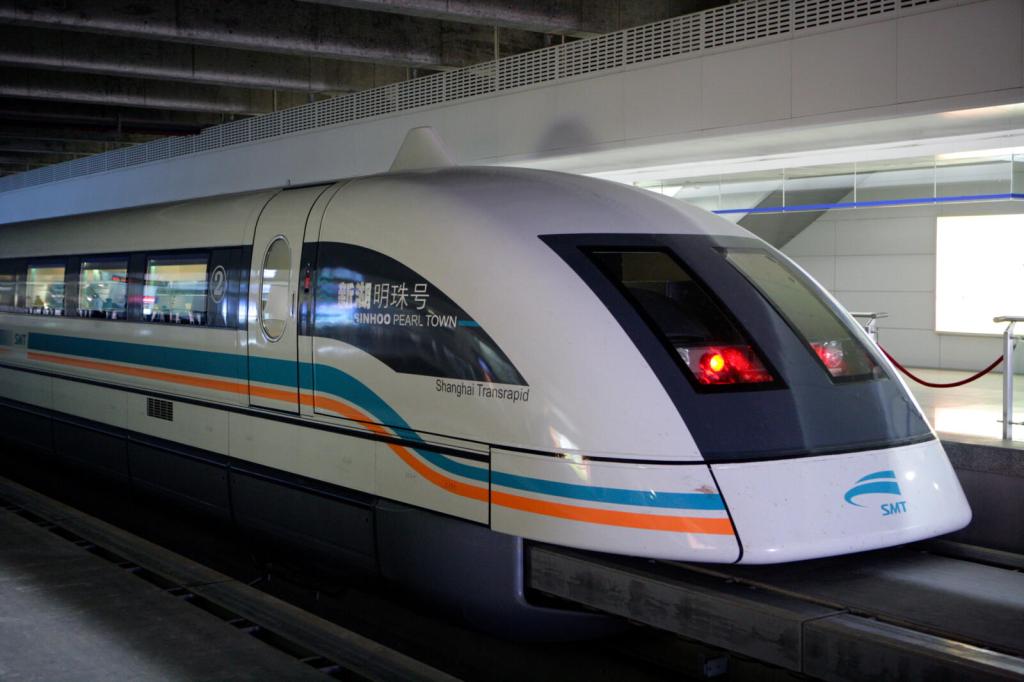
China has been using maglev trains to whisk people from the city of Shanghai to its airport.
WALTER BIBIKOW—GETTY IMAGESJapan is testing its new maglev bullet train. It’s the fastest train in the world. It reaches speeds of 375 miles per hour. That’s more than twice the top speed of the Acela Express, the fastest train in the United States.
Maglev is short for “magnetic levitation.” This train does not just run on wheels. It also floats. Powerful magnets in the train and rails lift the train four inches into the air. They also propel
propel
 YOBRO10—GETTY IMAGES
to push or drive something forward
(noun)
They used a paddle to propel the boat.
it. And since the train doesn’t touch the rails, there’s no friction
friction
YOBRO10—GETTY IMAGES
to push or drive something forward
(noun)
They used a paddle to propel the boat.
it. And since the train doesn’t touch the rails, there’s no friction
friction
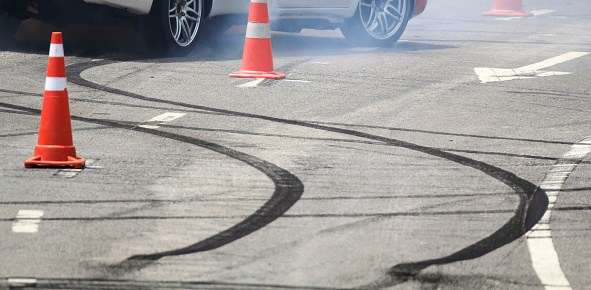 TOA55—GETTY IMAGES
the force that causes resistance against movement between two things in contact
(noun)
The friction between your brakes and wheels stops your car when you're going too fast.
. That means super speeds.
TOA55—GETTY IMAGES
the force that causes resistance against movement between two things in contact
(noun)
The friction between your brakes and wheels stops your car when you're going too fast.
. That means super speeds.
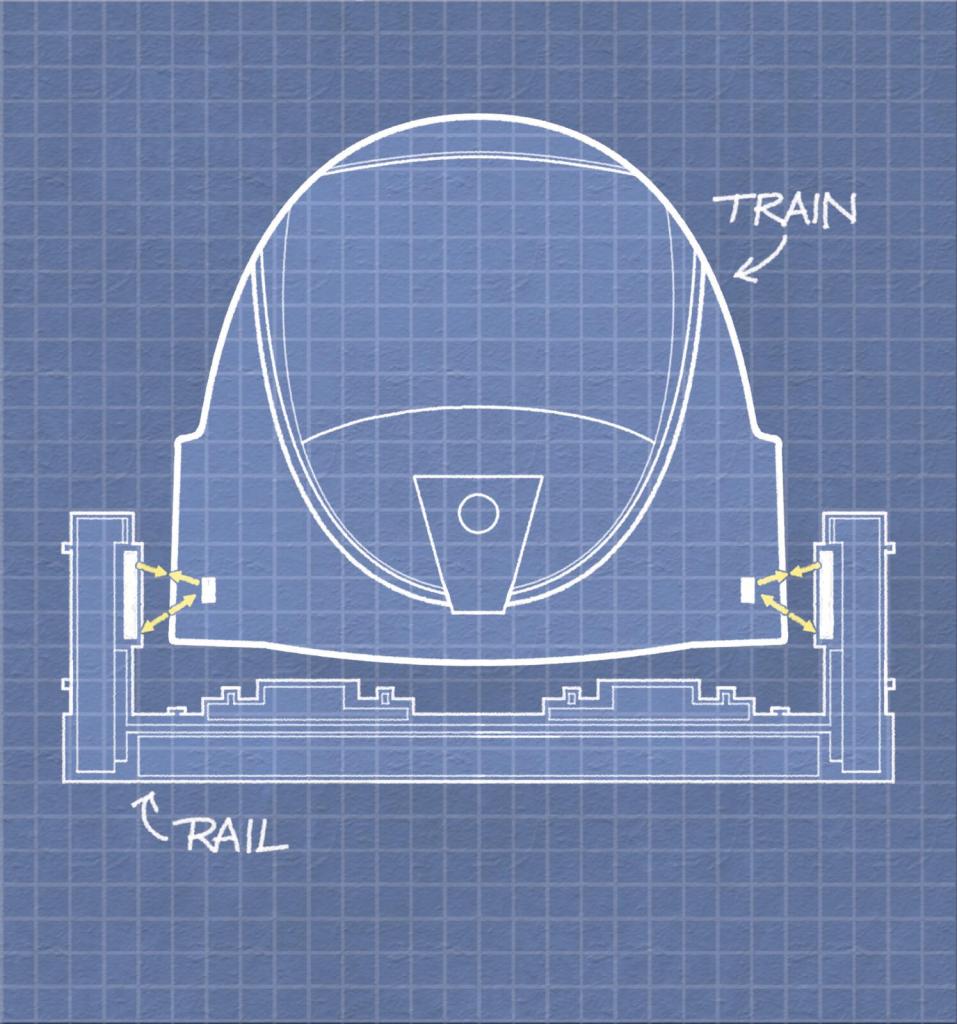
How does maglev work? Magnets in the train and the rail repel one another. This lifts the train and moves it forward.
ILLUSTRATION BY DREW WILLISJapan hopes to have the maglev in use by 2027. Traveling won’t be the same. The country’s capital, Tokyo, is 218 miles from the city of Nagoya. The trip takes nearly five hours by car. The maglev will make it in 40 minutes.
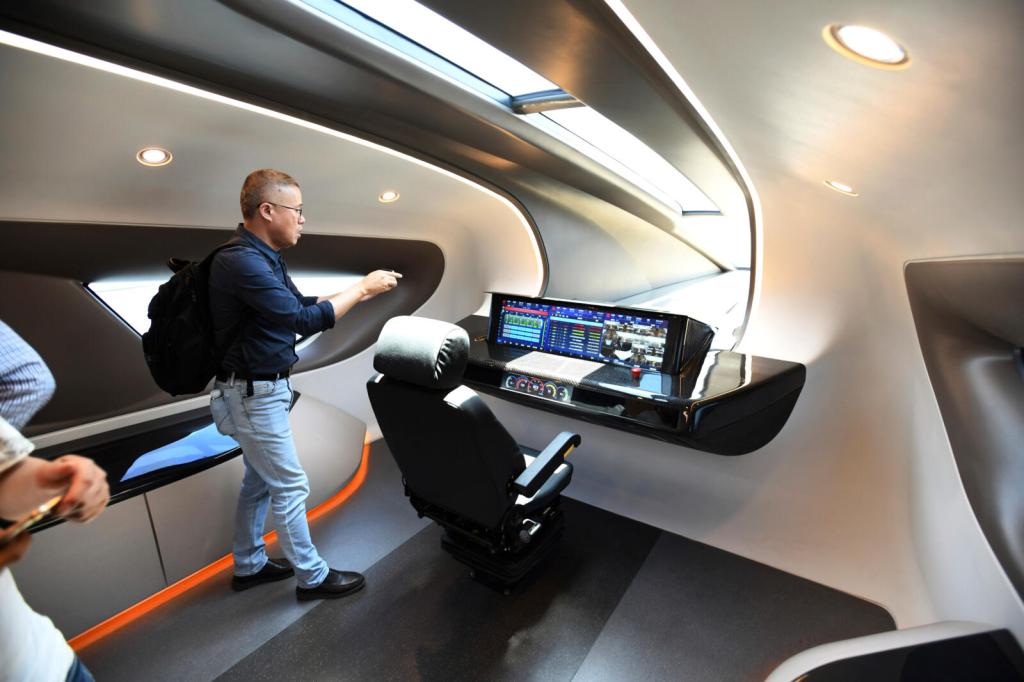
China is testing out a new high-speed maglev train. Here, a guest takes a photo inside.
XINHUA/GETTY IMAGESJapan is not the first country to build a magnetic train. China has used one for years. But that one is slower. It goes between Shanghai and its airport at a top speed of 268 miles per hour.
Next Stop

European engineers are working on maglev technology. This train is making a test run in Germany.
BERND MELLMANN—GETTY IMAGES
Will magnetic trains make it to the U.S.? There’s a plan to build a maglev line between Baltimore, Maryland, and Washington, D.C. The project would cost billions of dollars. Some say the money should be used to build highways instead.
But supporters of maglev point to its benefits. It’s quiet. It needs little maintenance
maintenance
 IMGORTHAND—GETTY IMAGES
the act of keeping something in good working order
(noun)
My parents said that I am responsible for the maintenance of my bicycle.
. And it will not derail.
The future of train travel is fast approaching. Are you on board?
IMGORTHAND—GETTY IMAGES
the act of keeping something in good working order
(noun)
My parents said that I am responsible for the maintenance of my bicycle.
. And it will not derail.
The future of train travel is fast approaching. Are you on board?
Speed Race
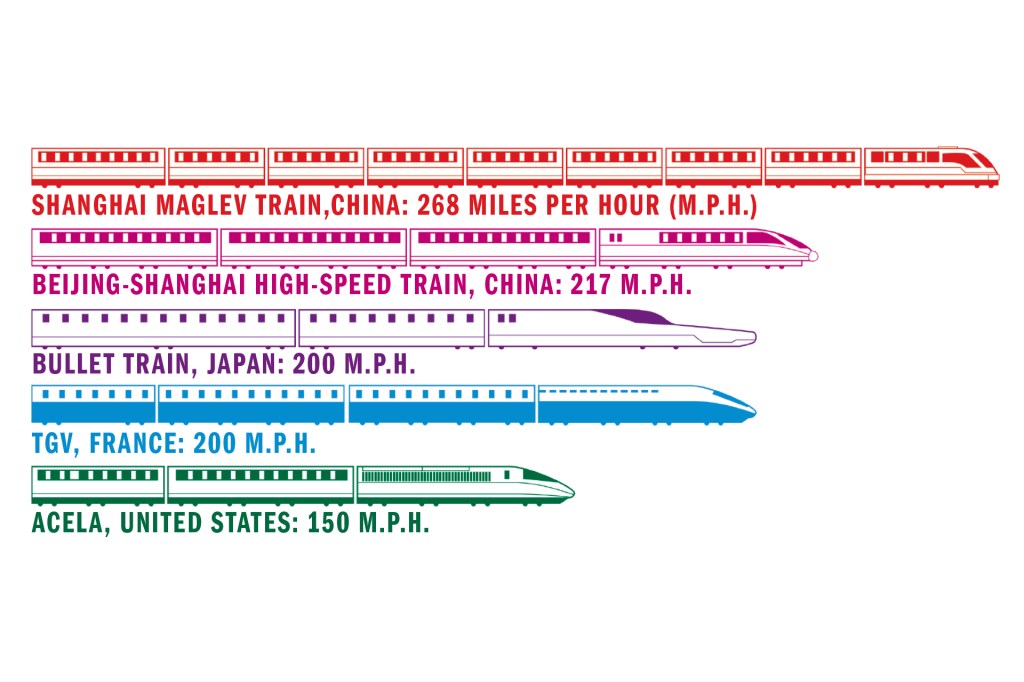
Life has sped up. People want to travel more quickly. High-speed trains make that possible. The most famous passenger-carrying maglev train is in China. Most high-speed trains rely on wheels. Check out these speeds.






